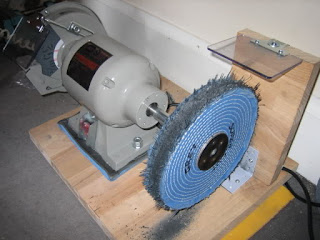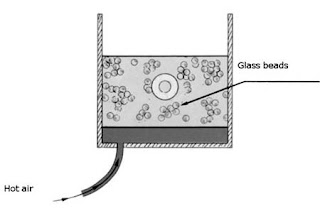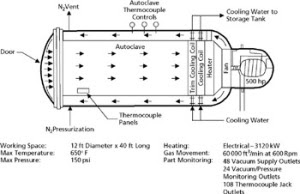Rubber lining
RUBBER LINING: Rubber lining is a rubber sheet or membranes used for protection from corrosion in aggressive chemical environments. There are several rubber Lining applications some of which include resistance to acid, chemicals and alkalis, abrasion resistance, infect protection Types of Rubber for Linings · Natural Soft Rubber Linings · Hard Rubber Linings · Synthetic Rubber Linings Various Synthetic rubbers like chloprene rubber, butyl rubber, and hypalon rubber are used for making these types of rubber lining. Both the types of rubber- natural Rubber and Synthetic rubber - are used for making different varieties of rubber linings. The type of rubber depends upon the purpose and application of rubber lining. Natural soft rubber linings are usually made from various types of poly soft rubber. These types of rubber have such characteristics as low hardness, high resilience, and flexibility. They are abrasion resistant linin


